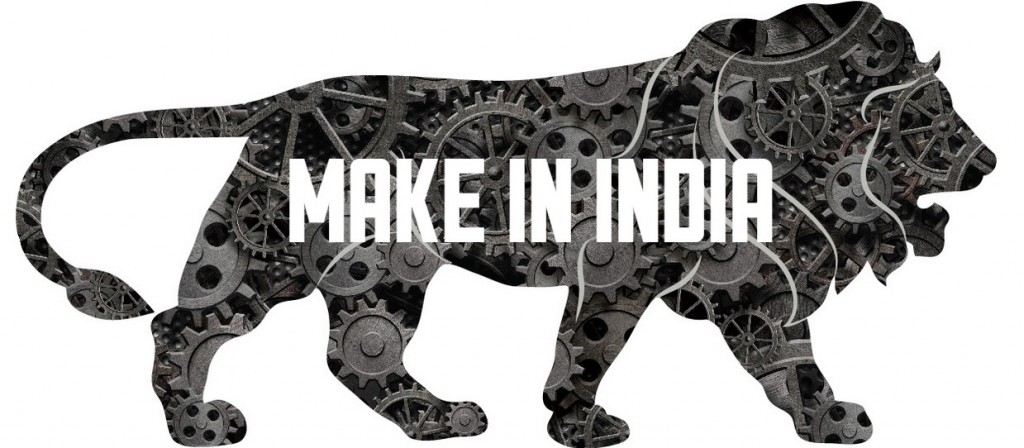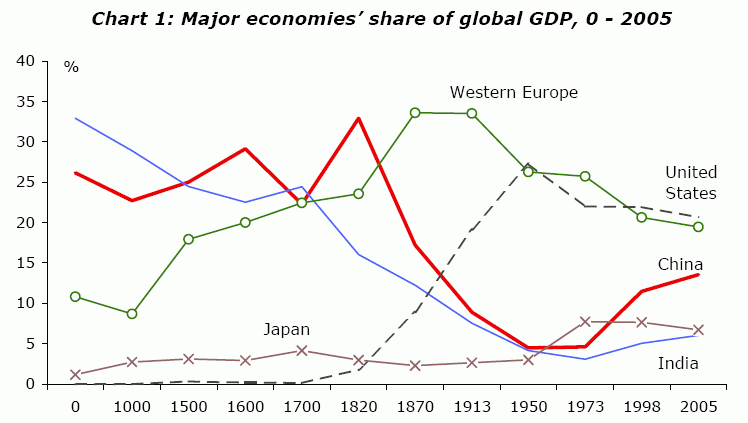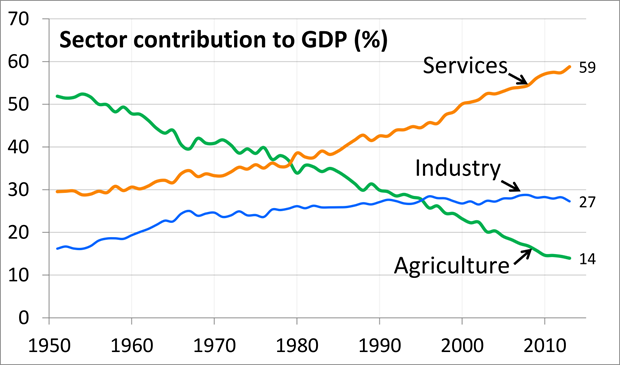How Our Ancestors Could Provide The Key To ‘Make in India’ Success

In the previous article I had opened the debate and discussed whether make in India was feasible from a demand supply perspective.
Now some years ago when my dad was a small child, his father once gave him some money asked him to buy a thermometer. His instructions were simple – Buy a thermometer that says ‘Made in England’. He was also warned against buying a thermometer that said ‘Made in Japan’ though it was much cheaper. The interesting part was that in those days and I am referring to the early 50’s Japan was considered a low quality cheap destination. And England was a great place to build quality equipment like a thermometer.
Today England probably does not make anything and Japan is a manufacturing super power. Every country has its influence on the goods produced within its boundaries. Germany for example is famous for its engineering. And this plays a big role in the demand for German goods, especially in automobile, power tools and energy.
A similar situation for Italy in design. Many design firms from Italy actually work internationally. The Tata Indica car design was also from an Italian design firm.
Japanese quality, Korean precision and American power.
So what does India stand for? Now that can be a tricky question.
The question is what is India famous for? And why would anyone want to buy a ‘Made in India’ good or service.
I don’t want to go into the depth of Indian history but before the coming of the British, India was famous for its textiles, spices, gems, jewelry, handicrafts and toys. Somewhere after that, colonialization led to a situation where we lost our domestic manufacturing and in a couple of generations lost our brand name as well.
Today the India brand is famous for Information Technology services, Tourist attractions, Movies and Yoga. Again most of these are services and part of the services industry apart from Movies which is a product.
So where does ‘Make in India’ fit in?
It is believed that during the reign of Aurangzeb, India contributed around 25 % of the world GDP. I am not sure of the source but I have seen some economic historians who have created the world GDP maps. Here below is a chart which I procured from the following site .

So we moved from almost above 30 % at the turn of the Millennium when India had the largest economy, coming off the golden age of the Gupta’s to less than 5 % today.
Another interesting chart which I have seen as well is the contribution of the various sectors to the Indian GDP. Dominated by Agriculture in the 1950’s today we are a services dominated economy.
Manufacturing on the other hand has remained where it is. In a way we have leap-frogged from the first wave which is Agriculture onto the third wave which is services. In that process we have left manufacturing where it is. We have not really worked towards making manufacturing a strong force in India.

If you ask me we have our task cut out. On one end we have to improve industrial production, while at the other end we have to increase our branding and repositioning of India. Manufacturing is set to improve under the new government and specifically under Make in India.
According to a report by Mckinsey and Company, India’s manufacturing sector could touch US$ 1 trillion by 2025. There is potential for the sector to account for 25-30 per cent of the country’s GDP and create up to 90 million domestic jobs, by 2025.
If you ask me re branding India could be a more difficult task but efforts have already started. At the World Economic Forum at Davos for example there were cut outs of ‘Make in India’.
 (Image : Source Economic Times)
(Image : Source Economic Times)
Without this rebranding it would be difficult to sustain ‘Make In India’. Today a lot of efforts are being made to sustain the supply side of things, but International demand for Indian goods is at an all-time low.
Any visitor to an apparel retail outlet in US for example can see the China, Thailand, Bangladesh and Egypt brand more than India. As a matter of fact on my last trip the only place I saw Made in India was at Old Navy. From dominating the world in garments to being marginalized completely the ‘Made in India’ brand has taken a beating.
Now efforts should be made to market ‘Make in India’ properly. A poorly marketed product is akin to a poorly made product. And as the world continues to integrate we would see that new markets are hard to come by and market share has to be taken at the expense of other manufacturers.
Currently two industries within manufacturing that are doing very well are the Electronics industry growing at CAGR of 9.2 % and the Chemicals Industry growing at around 16 %.Still the Indian chemical industry just constitutes about 3 % of the world market.
‘Make in India’ would only succeed if it is marketed properly. As you can see from our history we can find solace that we were once a dominant manufacturer. I can only imagine the premium charged by Indian traders while working in countries like Ancient Greece or Mesopotamia. Today we have to create conditions to charge that premium in the bazaars of Paris and New York. The battlefields may have changed but the battle has not. It may happen that we lose a few battles but it is important to win the wars.
With increased automation our domestic industry may not sustain our working population, so it would be time to take back our rightful place as a dominant player in world trade.
In the next article I would focus on what those strategies could be to raise the brand and capture global markets. We will also focus on producer incentives and how the overall lack of infrastructure could derail this process in the subsequent issues.
As always comments and feedback are welcome

Made in India I am really surprised with the article… not flattering … not bluffing… the temples that India constructs is one of the best architectural wonder that the world can get. They stand there timelessly unshaken and scientifically very healthy… I have heard from an 65-75 year old IIT professor that instruments those that made in Japan on the other hand have greater precision, may be the thermometer could have been an exception and next to them are the ones that are made in India. India knows some of the healthiest cuisines that can keep humans timelessly alive if followed to their precision. The breeds of Indian cows that milk are matchless w.r.t their health benefits… alas the rest of the world knows about it and people India are nowadays drinking milk that’s not made in India. India has Ayurveda, and Siddha medicines… If you look back again India does not go after money and material accomplishments a lot but then tries ensure it fits itself into the environment without disturbing them… but again we are following a parameter named GDP but then we should be following Gross National Happiness instead. Things are not the same … yes we need look back a little behind not much… we need look back a little sooner … hopefully not everything will be lost…
Hi Ganesh
Thank you for the comment. I think we need to start bringing in a certain degree of quality and efficiency in the way we package our goods. Also the message has to be clear that made in india stands for a better quality of life and promotes well being.
Then the effect will be very different..